Jeg leser nå gjennom Josef Jungmanns beskrivelser av absolutt alle deler av (den tradisjonelle, siden han skriver i 1949) messen, og da jeg for noen dager siden leste gjennom hans grundige beskrivelse av offertoriet (som ble så voldsomt kritisert på 60-tallet og helt forandret i 1969), ble jeg noe overrasket over hans konklusjon – siden Jungmann regnes for å være den største autoriteten som ledet til de store forandringene i messen etter konsilet. For han konkluderer slik i kapittelet om offertoriet (s 100, i bind 2 av The Mass of the Roman Rite):
… If the first prayer includes a phrase, hanc immaculatam hostiam, in reference to the bread, this may have been intended by the medieval composer for the holy Eucharist. But objectively we can refer the phrase just as well to the simple earthly bread, and with the same right that we apply the words of the canon, sanctam sacrificium, immaculatam hostiam to the sacrifice of Melchisedech. Something like this holds true also for the words calix salutaris in the formula for the chalice. Even on this threshold of the sacrifice our chalice is at least as holy and wholesome as the thanksgiving cup of the singer in Psalm 115, from whom the words are borrowed. Of course it is self-evident that when we say these prayers the higher destiny of our gifts is always kept in view.
Seen thus as a complete unit, we have no reason to deplore the development of the liturgical structure as we have it in the offertory, not at least if we are ready to acknowledge in the Mass not only an activity on God’s part, but also an act of a human being who is called by God and who hastens with his earthly gifts to meet his Creator.
Dette var og er bønner presten stort sett sier stille, derfor skal jeg vise hvordan dette er blitt forandret fra den tradisjonelle messen til den nye messen. Jeg skriver på norsk det presten sier på latin – norsk og latinsk tekst for hele messen fins her.
Under offertoriet sa presten da han presenterte brødet:
Ta imot, hellige Fader, allmektige evige Gud, dette uplettede offer, som jeg, din uverdige tjener, bærer fram til deg, min levende og sanne Gud, for mine utallige synder, feil, forsømmelser, og også for alle som er til stede her, men også for alle troende kristne, levende og døde, så dette offer for meg og for dem må bli til frelse og evig liv. Amen.
Dette er nå blitt erstattet av (en jødisk bønn, som ikke er blitt brukt i katolsk liturgi tidligere):
Velsignet er du, Herre, all skapnings Gud. Av din rikdom har vi mottatt det brød som vi bærer frem for deg, en frukt av jorden og av menneskers arbeid, som for oss blir livets brød. (Alle svarer: Velsignet være Gud i evighet.)
Videre sa presten da han presenterte kalken:
Vi bærer fram for deg, Herre, frelsens kalk, idet vi påkaller din nåde, så den med vellukt må stige opp for din guddommelige majestets åsyn til frelse for oss og hele verden. Amen.
Dette er nå blitt erstattet av:
Velsignet er du, Herre, all skapnings Gud. Av din rikdom har vi mottatt den vin som vi bærer frem for deg, en frukt av vintreet og av menneskers arbeid, som for oss blir frelsens kalk. (Alle svarer: Velsignet være Gud i evighet.)
Presten sier så videre to bønner (den første er beholdt i dag i forkortet form, den andre er helt borte):
I ydmykhets ånd og med botefullt sinn ber vi deg: ta imot oss, Herre, og la dette offer i dag fullbyrdes slik for ditt åsyn at det tekkes deg, Herre og Gud.
Kom Helliggjører, allmektige evige Gud, og velsign + dette offer som er gjort rede for ditt hellige navn.
Som siste bønn før «Orate fratres» sa så presten en bønn som også er blitt helt borte:
Ta mot dette offer, hellige Treenighet, det vi bærer fram for deg til minne om Vår Herres Jesu Kristi lidelse, oppstandelse og himmelferd, og til ære for den salige Maria, alltid jomfru, den hellige Johannes døperen og de hellige apostler Peter og Paulus og til ære for disse og for alle helgener, så det må bli til heder for dem, men til frelse for oss, og at de, som vi feirer minnet om på jorden, må verdiges å be for oss i himmelen. Ved ham, Kristus, vår Herre. Amen

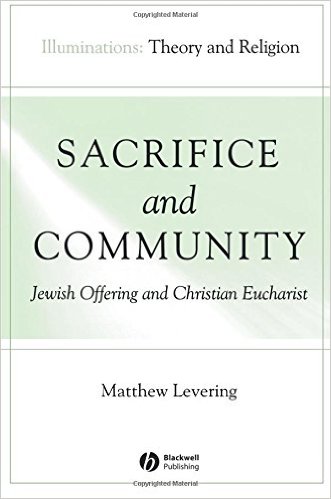

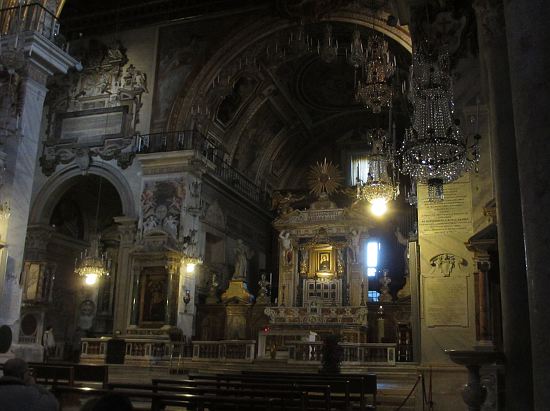


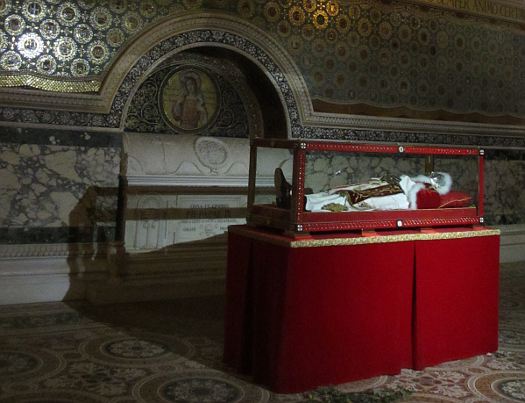
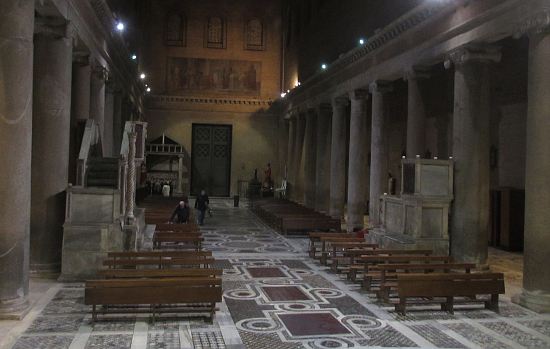

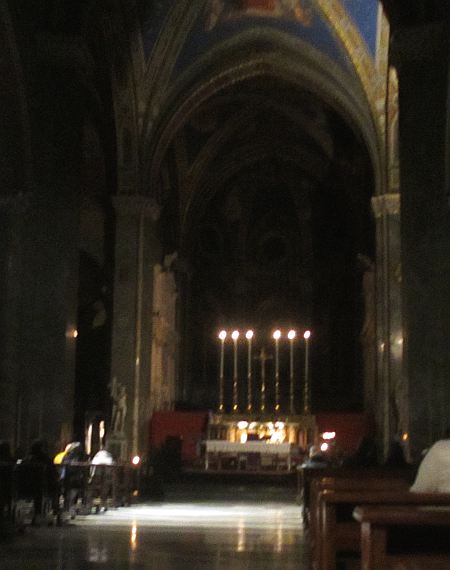
 Jeg begynner nå å lese p Louis Louis Bouyers bok EUCHARIST, der han i løpet av nesten 500 sider går gjennom utviklingen og forståelsen av messen. Bouyers stil er veldig annerledes enn Jungmanns, som var svært saklig og lite kritisk kommenterende til andre forskeres bidrag. Bouyer har en ganske annen kontroversiell og aktuell stil. Slik begynner han f.eks. forordet, som han skrev i juni 1966 og januar 1968 (2. utgave):
Jeg begynner nå å lese p Louis Louis Bouyers bok EUCHARIST, der han i løpet av nesten 500 sider går gjennom utviklingen og forståelsen av messen. Bouyers stil er veldig annerledes enn Jungmanns, som var svært saklig og lite kritisk kommenterende til andre forskeres bidrag. Bouyer har en ganske annen kontroversiell og aktuell stil. Slik begynner han f.eks. forordet, som han skrev i juni 1966 og januar 1968 (2. utgave):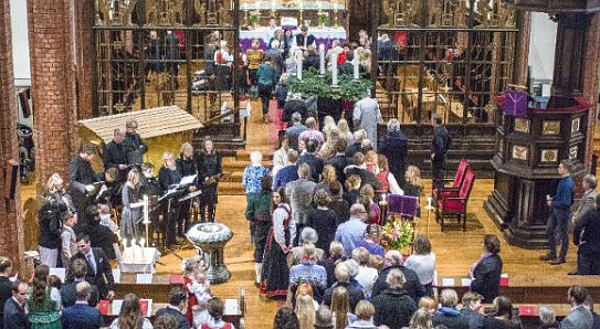
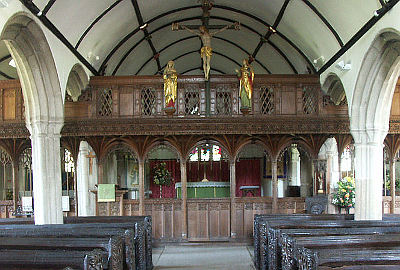
 Lørdag og søndag var vi en tur til
Lørdag og søndag var vi en tur til 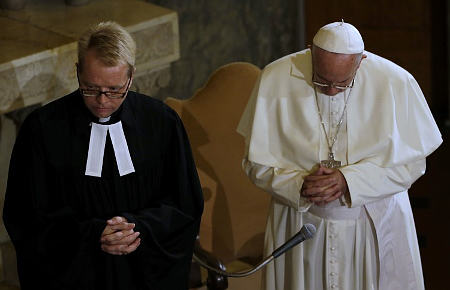
 Jeg har i helga lest gjennom andre del av Eamon Duffys bok
Jeg har i helga lest gjennom andre del av Eamon Duffys bok